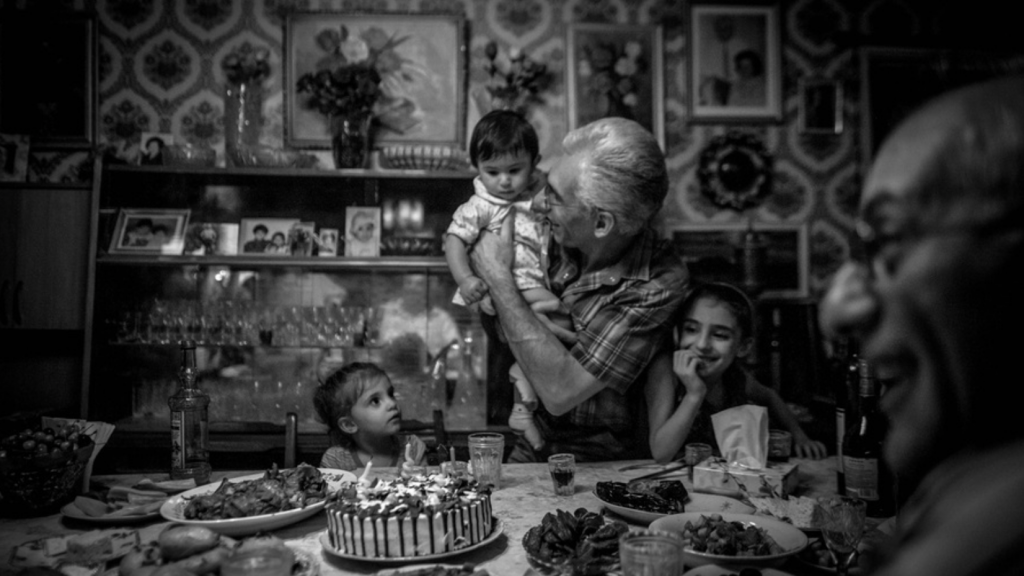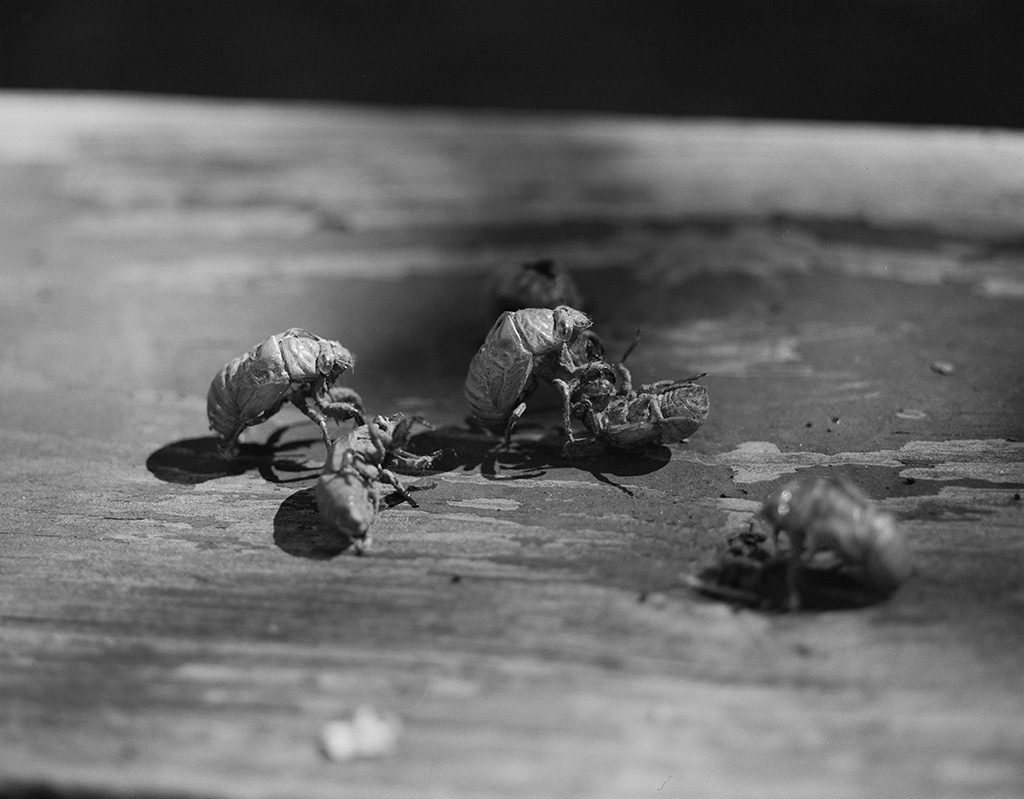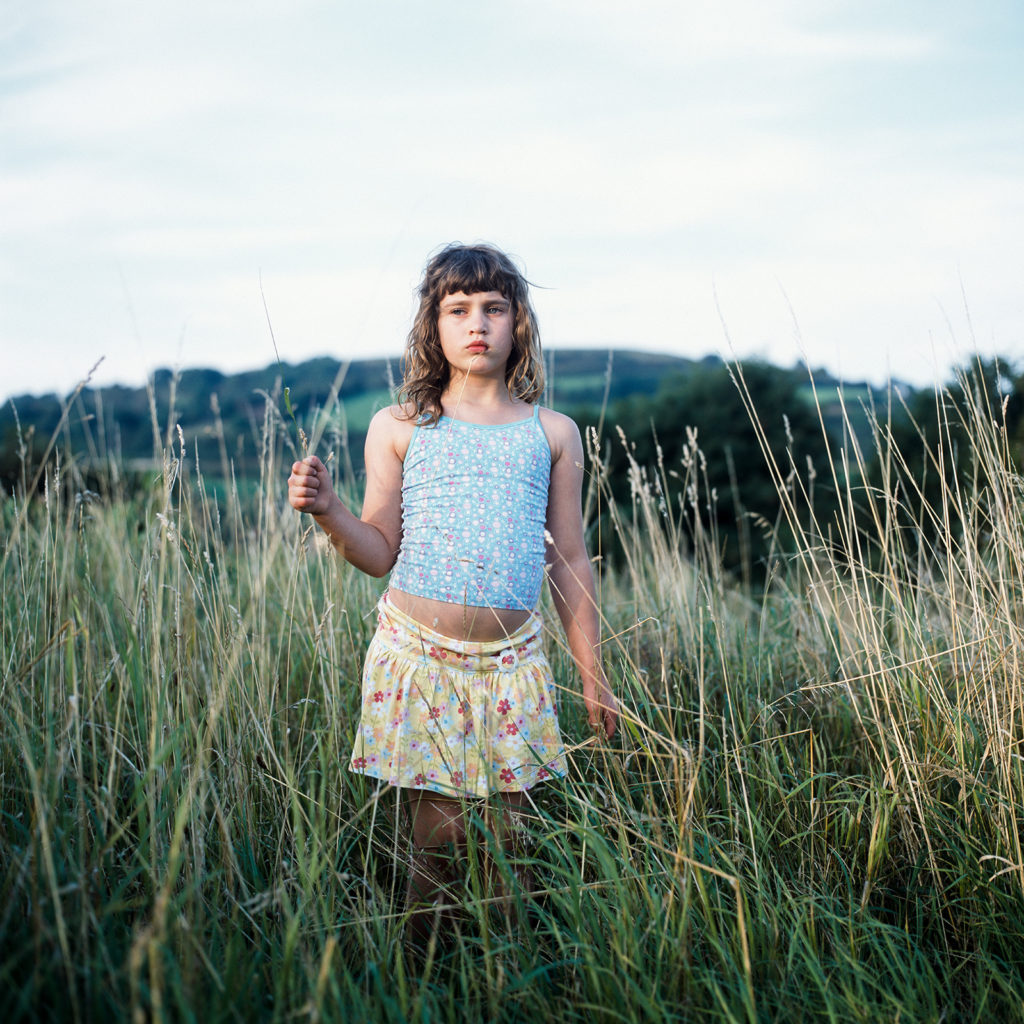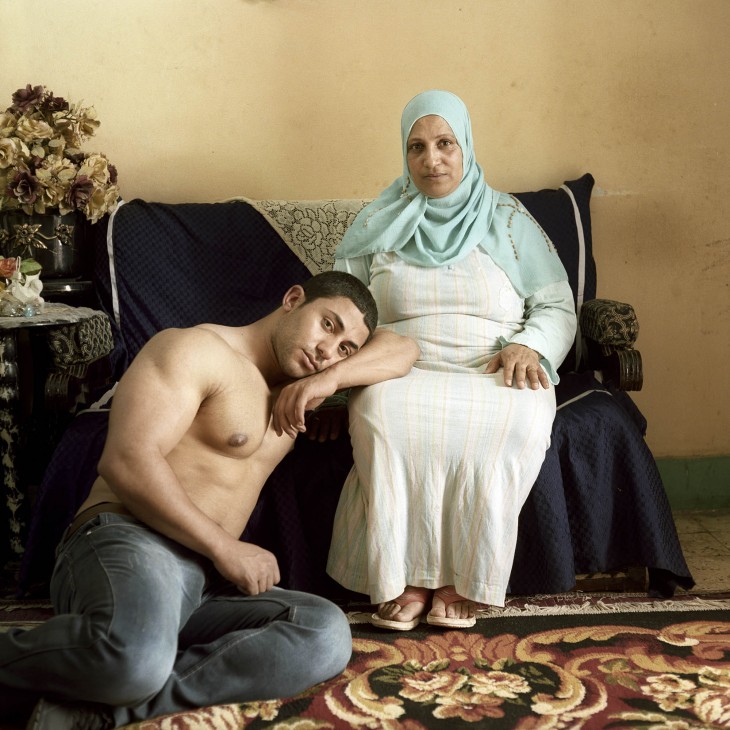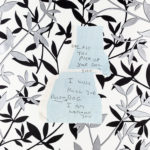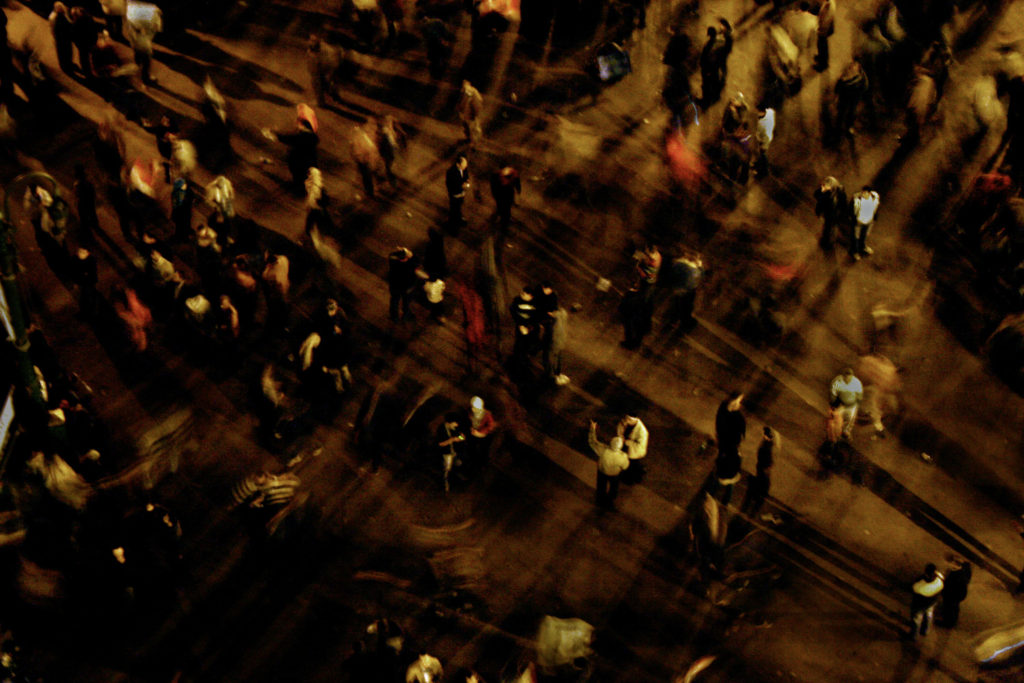Assessment Objectives A-Level Photography: (Edexcel)
AO1 – Develop your ideas through sustained and focused investigations informed by contextual and other sources, demonstrating analytical and critical understanding.
To achieve an A or A*-grade you must demonstrate an Exceptional ability (Level 6) through sustained and focused investigations achieving 16-18 marks out of 18.
Get yourself familiar with the assessment grid here:

To develop your ideas further from initial research of mind-maps and mood-boards on the themes FAMILY you need to be looking at the work of others (artists, photographers, filmmakers, writers, theoreticians, historians etc) and write a specification with 2-3 unique ideas that you want to explore further.
Follow these steps to success!
Research and analyse the work of at least 2-3 (or more) photographers/ artists. Produce at least 2-3 blog posts for each artist reference that illustrate your thinking and understanding using pictures and annotation and make a photographic response to your research into the work of others
- Produce a mood board with a selection of images.
- Provide analysis of their work and explain why you have chosen them and how it relates to your idea and the exam theme of FAMILY
- Select at least 2 key images and analyse in depth, FORM (composition, use of light etc), MEANING (interpretation, subject-matter, what is the photographer trying to communicate), JUDGEMENT (evaluation, how good is it?), CONTEXT (history and theory of art/ photography/ visual culture,link to other’s work/ideas/concept)
- Incorporate quotes and comments from artist themselves or others (art critics, art historians, curators, writers, journalists etc) using a variety of sources such as Youtube, online articles, reviews, text, books etc.
- Make sure you reference sources and embed links to the above sources in your blog post
- Plan at least 2-3 shoots as a response to the above where you explore your ideas in-depth.
- Edit shoots and show experimentation with different adjustments/ techniques/ processes in Lightroom/ Photoshop
- Reflect and evaluate each shoot afterwards with thoughts on how to refine and modify your ideas i.e. experiment with images in Lightroom/Photoshop, re-visit idea, produce a new shoot, what are you going to do differently next time? How are you going to develop your ideas?
Often those students that achieve the highest marks are those that think outside the box and find their own unique starting points.
USEFUL WEBSITES
Lensculture – great source for new contemporary photography from all over the world
British Journal of Photography (BJP) – Journal on Contemporary Photography
Photographic Museum Humanity
Landscape Stories
Blogs and podcasts for writing and talking about contemporary photographic practice:
1000 WORDS
MAGIC HOUR
A SMALL VOICE
SAINT LUCY
Conscientious Photography Magazine
COLIN PANTALL BLOG
Photography Agencies and Collectives
World Press Photo – the best news photography and photojournalism
Magnum Photos – photo agency, picture stories from all over the world.
Panos Picture – photo agency
Agency VU – photo agency
INSTITUTE – photo agency
Sputnik Photos – photo collective made of Polish and East European photographers
A Fine Beginning – photo collective in Wales
Document Scotland – photo collective in Scotland
NOOR – a collective uniting a select group of highly accomplished photojournalists and documentary storytellers focusing on contemporary global issues.
Here is a folder EXAM 2017 with a lot of PPTs about various genres and approaches to photography: USE IT !!
M:\Departments\Photography\Students\Resources\EXAM 2017
Here are some thoughts from me on different artists whose work makes link and references to the theme of FAMILY.

Diana Markosian ‘Inventing My Father’


Junpei Ueda: Pictures of My life
I have this desire to sum up my life in the form of a story.
My parents killed themselves, one after the other, in the winter of 1998.
My mother’s depression led her to take her own life, and my father followed her nine days later. Having suddenly a closer relationship with death at just 21 years of age, I decided to write down the things I saw around me, as they were, and to capture in photographs the emotions I would only be able to feel then and there.
I was alone in the house we had all lived in as a family. I had almost completely lost sight of the point in living. But even so, I kept on living. Though my parents weren’t there, I had the many paintings my father left me and the family pictures my mother loved taking. They spoke to me and consoled me.
Happiness is “living alongside the people you love”.

Matt Eich: I Love You, I’m leaving
Love You, I’m Leaving is my meditation on familial bonds, longing, and memory. The series borrows from personal experience and the visual language of the everyday in order to create a fictional account that mirrors my reality. Made during a time of personal domestic unease, I photographed as my parents separated, and my family moved to a new city.

https://vimeo.com/102344549
Yoshikatsu Fujii: Red Strings
I received a text message. “Today, our divorce was finalized.” The message from my mother was written simply, even though she usually sends me messages with many pictures and symbols.
I remember that I didn’t feel any particular emotion, except that the time had come. Because my parents continued to live apart in the same house for a long time, their relationship gently came to an end over the years. It was no wonder that a draft blowing between the two could completely break the family at any time.
In Japan, legend has it that a man and woman who are predestined to meet have been tied at the little finger by an invisible red string since the time they were born. Unfortunately, the red string tying my parents undone, broke, or perhaps was never even tied to begin with. But if the two had never met, I would never have been born into this world. If anything, you might say that there is an unbreakable red string of fate between parent and child.

Daniel W Coburn, The Hereditary Estate



Colin Gray ‘The Parents’
Denis Dailleux, ‘Egypt, Mother and Son’

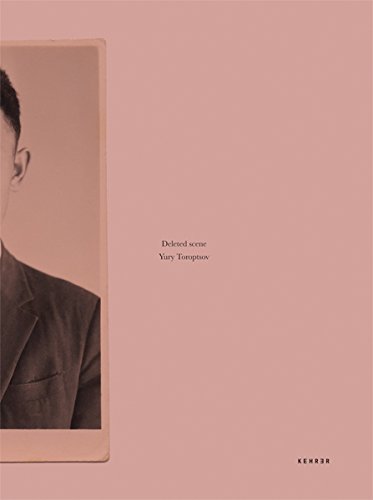
Yury Toroptsov ‘Deleted Scene’

 Philip Toledano ‘Days with my Father’
Philip Toledano ‘Days with my Father’ Mitch Epstein ‘Family Business’
Mitch Epstein ‘Family Business’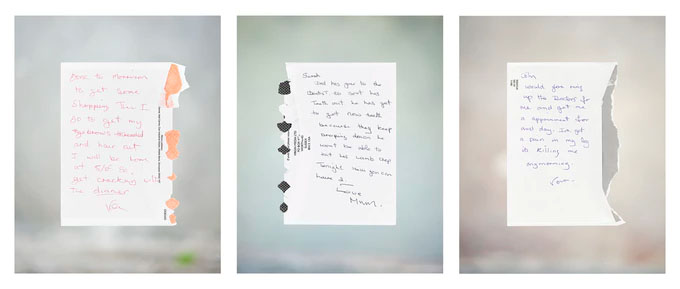 Jason Wilde ‘Vera & John’
Jason Wilde ‘Vera & John’Jason Wilde ‘Silly Arse Broke It’
See also photographers such as: Nick Waplington (Living Room), Nan Goldin (The Ballad of Sexual Dependency), Corinne Day, (Dairy), Martin Parr (Signs of the Time, Common Sense, The Cost of Living), Chris Killip (Isle of Man: A book about the Manx), Wendy Evald (This is where we live), Inaki Domingo (Ser Sangre), Lauren Greenfield (Fast Forward, Girl Culture), Nicholas Nixon (the Brown Sisters), Robert Clayton (Estate), Tom Hunter (Le Crowbar), Valerio Spada (Gomorrah Girl), Martin Gregg (Midlands), Alain Laboile, (At the Edge of the World, Sian Davey (Looking for Alice, Martha), Laia Abril (The Epilogue), Rita Puig-Serra Costa (Where Mimosa Bloom), Pete Pin, Carole Benitah, (Photo Souvenirs), Richard Billingham (Ray’s a Laugh), Larry Sultan (Pictures from Home), Matt Eich: I Love You, I’m leaving, Yoshikatsu Fujii: Red Strings, Junpei Ueda: Pictures of My life, Sam Harris (The Middle of Somewhere), Dana Lixenberg (Imperial Courts), Philip Toledano (Days with my Father, When I was Six), Mariela Sancari (Moises is not Dead), Yury Toroptsov (Deleted Scene, The House of Baba Yaga), Colin Gray (The Parents), Daniel W. Coburn (The Hereditary Estate), Tim Roda (Family Albums), Denis Dailleux (Egypt, Mother andSon), Diana Markosian (Inventing My Father), Amak Mahmoodian (Shenasnameh), Colin Pantall, (All Quite on the Homefront), Mitch Epstein (Family Business), Jason Wilde (Vear & John, Silly Arse Broke It), LaToya Ruby Frazier (The Notion of Family),
Family can be interpreted in different ways, one is to consider it in relation to the concept of HOME – which can be interpreted as both family or community. Home is also more than just the four walls of your house where you live with your family. Jersey, the island where you perhaps are born or where you grew up can be considered a home too. Home can be interpreted as a community. If you are away from home you often think about your home with a sense of nostalgia. Home can be associated with memories, feelings, hopes, fears etc.
Or Laura El-Tantawy and her project the uprising and protests in her homeland of Egypt , In The Shadow of Pyramids

Consider the issue of being inside or outside of the situation. You can explore your own home as an insiders point of view, or you can choose to photograph someone else’s home as an outsider. This could include extended family such as grandparents, uncle & aunties etc. Your photographs can show an everyday family event e.g. breakfast, dinner, watching TV, playing games, private moments, social interaction etc. You can also choose to follow one person and record their life in private including your own.
Have a look through this PPT
Shots: Think about making a number of different shots, portraits (formal/informal, environmental), still-life (interiors, personal objects, family photos/albums), landscape (house, garden, Jersey etc) Explore different ways of framing shots using wide-angle and standard lens, explore different angles and points of view (low, high, canted, dead-pan). Remember to adjust camera settings and exposure for different lighting conditions.
A few inspirations: Have a look at this five-day workshop in a small village in Greece. Under the guidance of Magnum photographer Jacob Aue Sobol, 21 emerging photographers interrogated their ideas of what ‘Home’ looks and feels like.
Here is one participant’s thoughts
Most of us, we believe that HOME is a place that we sleep at nights, that we have our personal belongings, a place that protect us. Now I believe that HOME is my memories, my feelings, my fears and my hopes but also the place inside my mind that makes me feel nice, secure and warm, the place where my friends are, the place where I can make new friends.
Welcome to my HOME
Read this article about Wendy Evald’s collaborative project, where we live where she worked with different communities in Israel and the West Bank, giving out cameras so people could photograph their families and surroundings from an insider’s point of view.
Bert Teunissen Domestic Landscapes : A Portrait of Europeans at Home
Visit Guernsey Photography Festival 2014 where one of the themes was Family. Also, check out the GPF 2016 edition which begins on Thursday 8 September until 30 September. If you happen to be in Guernsey during this period you must visit some of the exhibitions.
Have a look also at previous projects and personal studies from A2 Photography Students.

